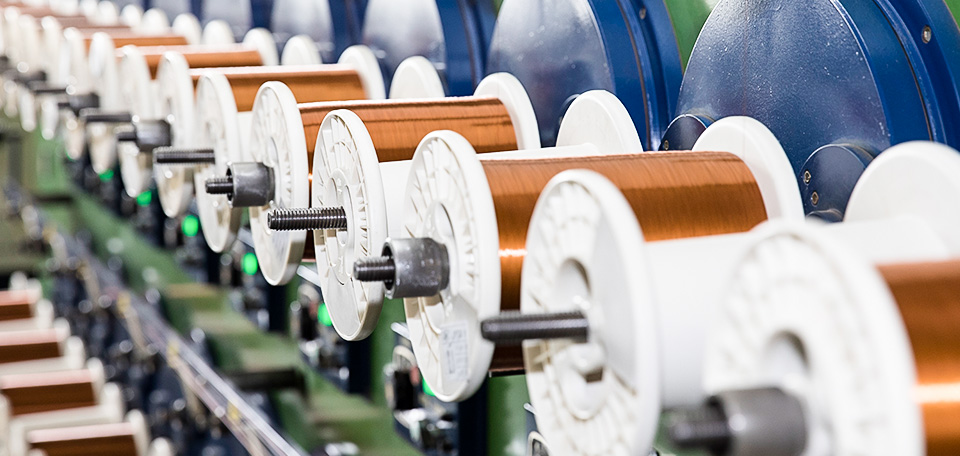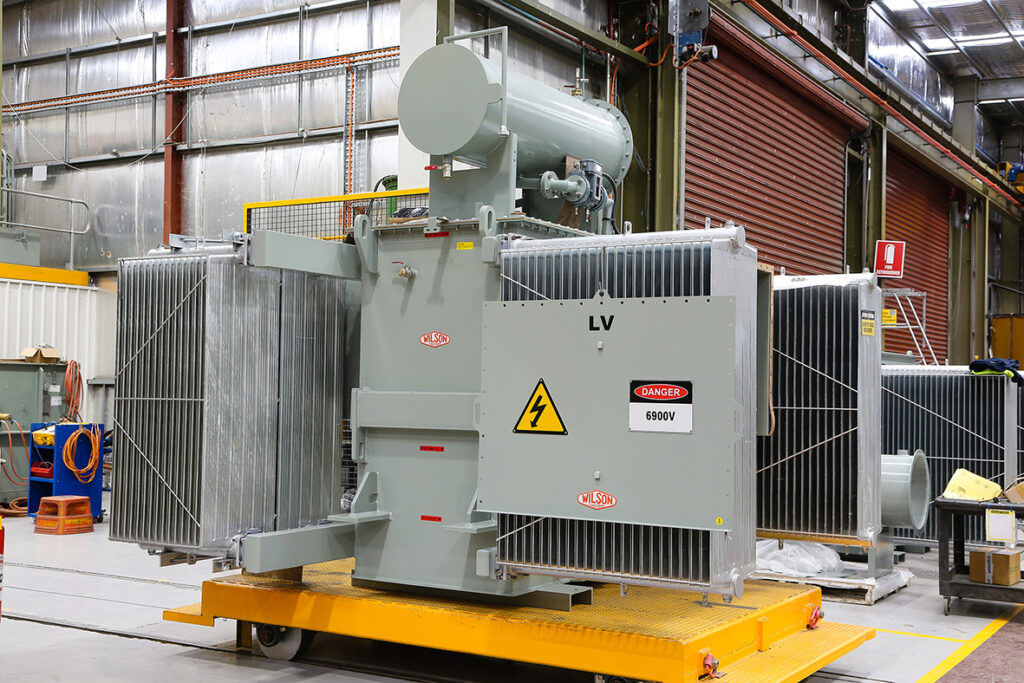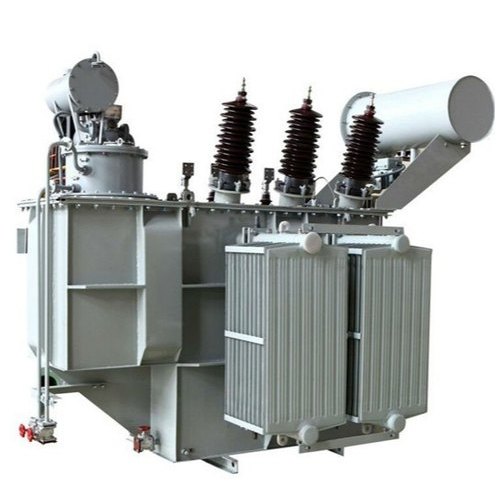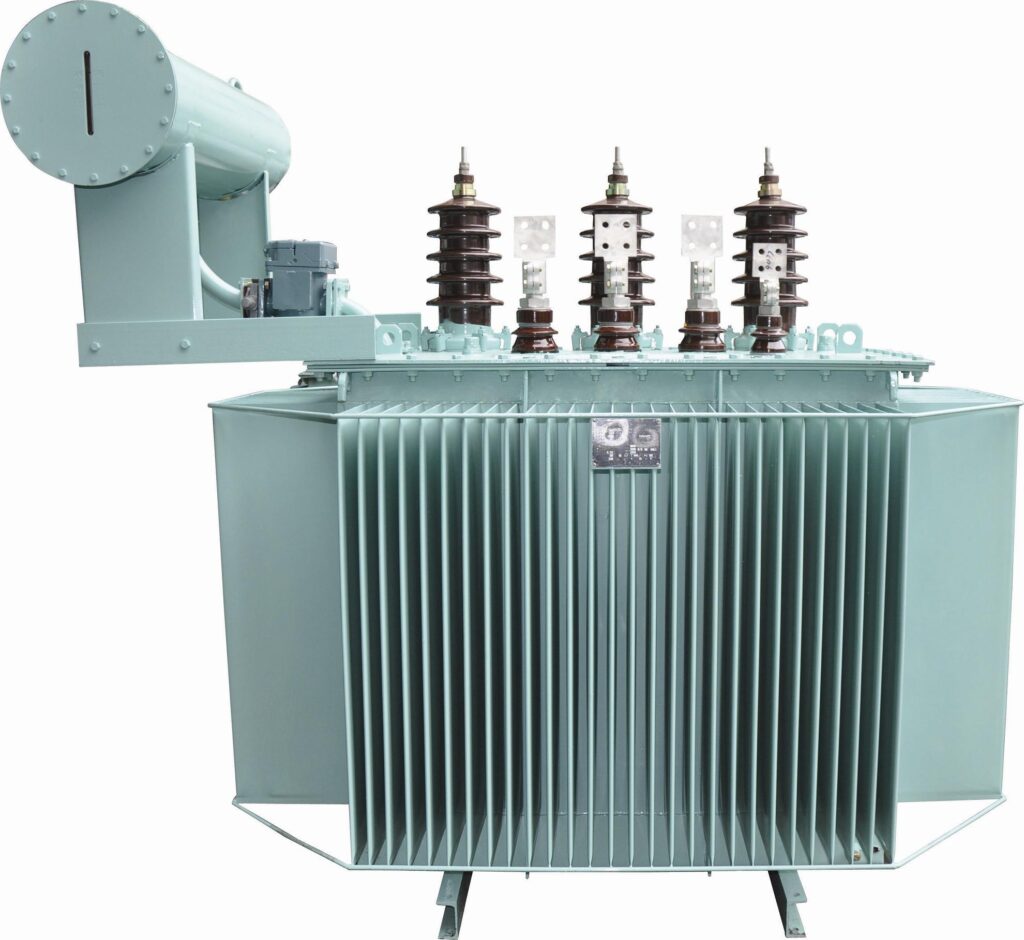Manufacturing Services
Electrical Cable Types, Sizes, and Installation
An electric cable has the purpose of transporting electrical energy from one point to another. Depending on their final application, cables can have different configurations, always basing their design on national and international regulations.
An electric cable is measured in volts and, depending on these, they are categorized into one group or another:
- Low voltage cables (up to 750 V): in a variety of applications, and with thermoplastic and thermoset coatings. They are designed and built according to harmonized standards.
- Low Voltage cables (up to 1,000 V): (also called (0,6/1 kV) The cables in this section are used for industrial power installations in various fields (general industry, public installations, infrastructures, etc.). They are designed according to international standards (UNE, IEC, BS, UL).
- Medium Voltage cables: from 1 kV to 36 kV. They are used to distribute electricity from electrical substations to transformer stations.
- High Voltage cables: from 36 kV. They are used to transport electricity from the generating plants to the electrical substations.


Electrical Transformer
Electrical transformers can be classified into different categories depending upon their end-use, construction, supply, and purpose.
On the Basis of Design
Core Type Transformer
This transformer features two horizontal sections with two vertical limbs and a rectangular core with a magnetic circuit. Cylindrical coils (HV and LV) are placed on the central limb of the core type transformer.
Shell Type Transformer
The shell type transformer has a double magnetic circuit and a central limb with two outer limbs.
On the Basis of Supply
Single Phase Transformer
A single-phase transformer has only one set of windings. Separate single-phase units can offer the same results as three-phase transfers when they are externally interconnected.
Three Phase Transformer
A triple-phase (or three-phase) transformer has three sets of primary and secondary windings to form a bank of three single phase transformers. The three phase transformer is mainly used for generation, transmission and distribution of power in industries.
On the Basis of Purpose
Step Up Transformer
This type is determined by the number of turns of wire. So, if the secondary set has a greater number of turns than the primary side, it means that the voltage will correspond to that, which forms the base of a step up transformer.
Step Down Transformer
This type is typically used for stepping down the level of voltage in the power transmission and distribution network and so its mechanism is the exact opposite of a step up transformer.
On the Basis of Use
Power transformer
Typically used to transmit electricity and has a high rating.
Distribution transformerThis electrical transformer has a comparatively lower rating and is used to distribute electricity.
Instrument transformer
This electrical transformer is further sub-categorized into current and potential transformers
Current transformer
Potential transformer
These transformers are used to relay and protect instruments simultaneously.
On the Basis of Cooling
Self-Cooled Oil-Filled Transformers
This type is generally employed in small transformers of up to 3 MVA and is it designed to cool itself by the surrounding air flow.
Water-Cooled Oil-Filled Transformers
This type of electrical transformer employs a heat exchanger to facilitate the transfer of the heat from the oil to the cooling water.
Air-Cooled (Air Blast) Transformers
In this type of transformer, the heat that is generated is cooled with the help of blowers and fans that force the circulation of air on the windings and the core.




Silicon Steel
Electrical steel, also called lamination steel, silicon electrical steel, silicon steel or transformer steel, is a material used to produce certain magnetic cores, such as stators and rotors in transformers and motors. Electrical steel is also an indispensable material for the power, electronics and military industries.
Non-oriented electrical steel usually contains a level of 2%-3.5% silicon. It has similar magnetic properties in all directions, the so-called isotropy. Grain-oriented electrical steel usually contains a level of 3% silicon and is processed in a way to develop ideal properties in the rolling direction. Cold-rolled non-grain-oriented steel (CRNGO) is less expensive than cold-rolled grain-oriented steel (CRGO). CRNGO can be used in cost-oriented applications with the inconstant direction of magnetic flux, such as electric motors and generators. CRGO is usually in coil form and has to be cut into laminations further, being used in transformer core applications, such as certain internal parts in audio output transformers.